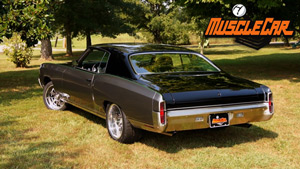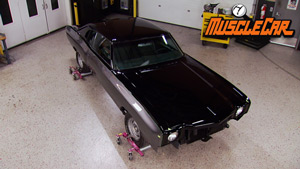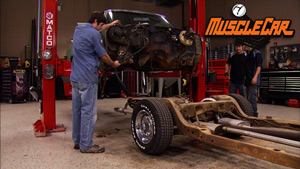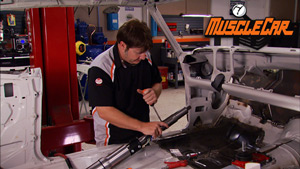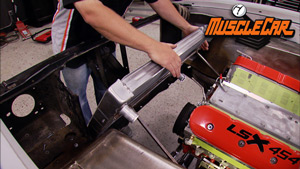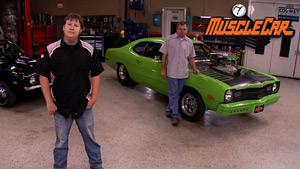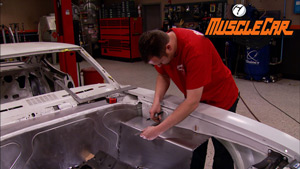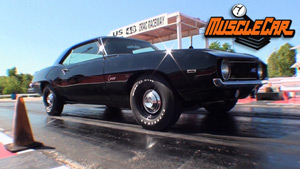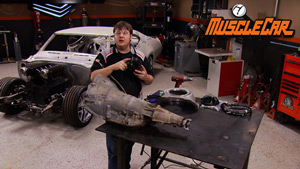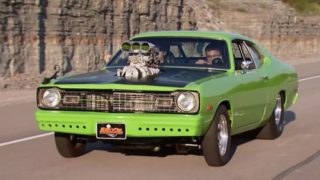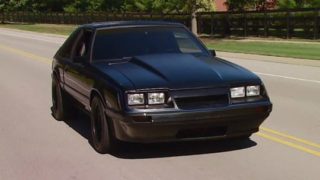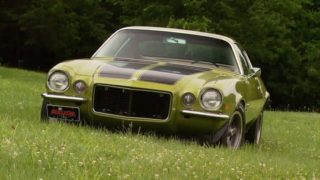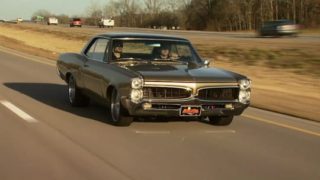
Altered E-Go Pedals, Gauges and Engine Install
Rick and Tommy take the wheel-standing '64 Comet drag car a few steps closer to the track by installing a set of race pedals and gauges. The Ford 4.6 mod motor and 4-speed are dropped in, and a huge set of velocity stacks are added. In Flashback, take a ride in a 1971 Plymouth GTX.
Season 6
Episode 6
Hosts: Rick Bacon, Tommy Boshers
First Air Date: April 9, 2011
Duration: 16 minutes 6 seconds
